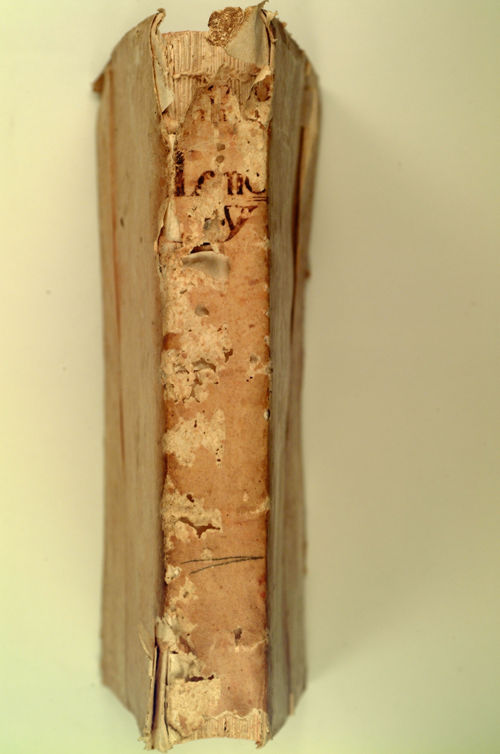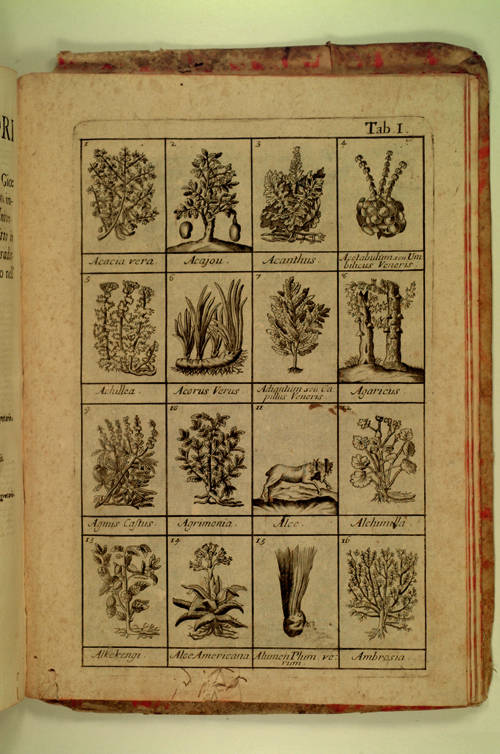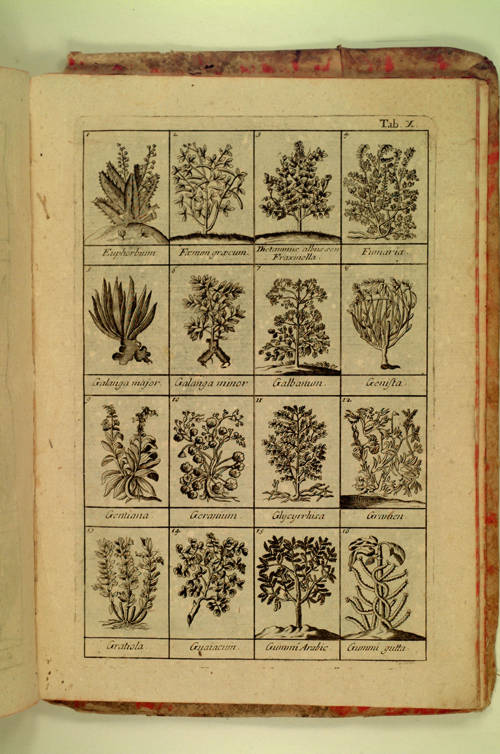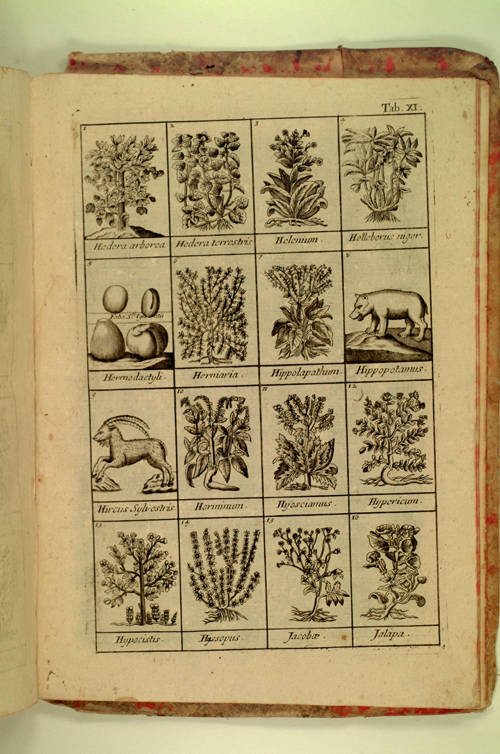Detail book
Dizionario overo trattato universale delle droghe semplici.
Farmacia
![]() Subsequent to and closely dependent on the Farmacopea Universale by the same author, the Dizionario Universale delle droghe semplici by Nicolas Lemery returns, in the middle of the 17th century, to the motif of the Osetntio simplicium, that is to say, of the illustration of medicinal plants so dear to the physicians of the early 16th century. Not by chance does the author in his preface define them as officinals and affirms that knowledge of them is "an indispensable necessity for all those who practice Medicine, but especially for pharmacists." The Dizionario constitutes a necessary complement to the Farmacopea because, as a guiding concept, one cannot make a good medicinal preparation if, beforehand, one does not know the raw materials that need to be utilized. Lemery is not limited by his own knowledge. The Dizionario, in fact, is preceded by five pages of bibliographical citations which also appear throughout the text providing evidence of the author’s Enlightenment spirit, more prone to the study of "chemistry" than to metaphysical digressions. In rigorous alphabetical order, the list of plants runs from the most common to the rarest, providing for each entry synonyms, a description, geographical provenance, packaging and properties. Also included for vegetals are the plants from which they are obtained. The headings of the monograph, which deals with vegetal, animal and mineral medicinals, are typically given only by the generic name, for example, Ricinus, Chrysanthemum, etc., but sometimes also by its common name (chocolatum, for instance). Precious stones are described as well, sometimes dealing with the crystallographic traits of the mineral and, obviously, since they are considered to be full-fledged medicinals, with their properties and doses. The same is true for animal sources. The Dizionario is furnished with an index of Latin names and with a Table of Infirmities for which the medicinals "confer benefits." It’s finest feature, however, is its 25 plates, each of which contains 16 black and white illustrations covering all the medicinals. While representations of vegetal sources prevail, the plates go so far as to include even those medicinal that may only be represented as a product of secretion (dragon’s blood, shellac, Aloe wood, etc.). Even though the 400 images, each with its respective name, are represented in reduced scale, they are not without a certain flair of execution and a solid realism. They are rendered with unmistakable flair and solid realism
Subsequent to and closely dependent on the Farmacopea Universale by the same author, the Dizionario Universale delle droghe semplici by Nicolas Lemery returns, in the middle of the 17th century, to the motif of the Osetntio simplicium, that is to say, of the illustration of medicinal plants so dear to the physicians of the early 16th century. Not by chance does the author in his preface define them as officinals and affirms that knowledge of them is "an indispensable necessity for all those who practice Medicine, but especially for pharmacists." The Dizionario constitutes a necessary complement to the Farmacopea because, as a guiding concept, one cannot make a good medicinal preparation if, beforehand, one does not know the raw materials that need to be utilized. Lemery is not limited by his own knowledge. The Dizionario, in fact, is preceded by five pages of bibliographical citations which also appear throughout the text providing evidence of the author’s Enlightenment spirit, more prone to the study of "chemistry" than to metaphysical digressions. In rigorous alphabetical order, the list of plants runs from the most common to the rarest, providing for each entry synonyms, a description, geographical provenance, packaging and properties. Also included for vegetals are the plants from which they are obtained. The headings of the monograph, which deals with vegetal, animal and mineral medicinals, are typically given only by the generic name, for example, Ricinus, Chrysanthemum, etc., but sometimes also by its common name (chocolatum, for instance). Precious stones are described as well, sometimes dealing with the crystallographic traits of the mineral and, obviously, since they are considered to be full-fledged medicinals, with their properties and doses. The same is true for animal sources. The Dizionario is furnished with an index of Latin names and with a Table of Infirmities for which the medicinals "confer benefits." It’s finest feature, however, is its 25 plates, each of which contains 16 black and white illustrations covering all the medicinals. While representations of vegetal sources prevail, the plates go so far as to include even those medicinal that may only be represented as a product of secretion (dragon’s blood, shellac, Aloe wood, etc.). Even though the 400 images, each with its respective name, are represented in reduced scale, they are not without a certain flair of execution and a solid realism. They are rendered with unmistakable flair and solid realism



































